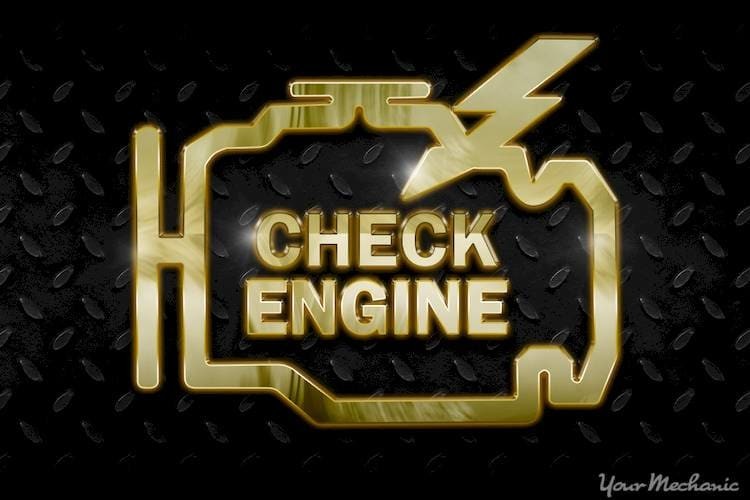The dreaded check engine light has illuminated on your dashboard, and after connecting an OBDII scanner, you find yourself facing the cryptic code P2271. This code indicates a problem with your vehicle’s oxygen sensor, specifically “O2 Sensor Signal Stuck Rich Bank 1 Sensor 2.” Understanding this code and its implications is crucial for effectively diagnosing and resolving the issue. This article delves into the details of the P2271 error code, outlining its causes, symptoms, diagnostic procedures, and potential solutions.
Decoding the P2271 Code
The P2271 diagnostic trouble code signifies that the downstream oxygen sensor (O2 sensor) on Bank 1, Sensor 2, is reporting a consistently rich exhaust mixture. Let’s break down the terminology:
- O2 Sensor: Oxygen sensors measure the amount of unburned oxygen in the exhaust gases to help the engine control unit (ECU) adjust the air-fuel ratio for optimal performance and emissions.
- Bank 1: Refers to the side of the engine containing cylinder number one.
- Sensor 2: Indicates the downstream oxygen sensor, located after the catalytic converter. This sensor monitors the efficiency of the catalytic converter.
- Rich: A rich air-fuel mixture means there is too much fuel compared to the amount of air.
Essentially, the P2271 code means the downstream O2 sensor is detecting an excessively rich exhaust mixture even when the engine should be running lean, such as during deceleration.
What Causes the P2271 Error?
Several factors can contribute to the P2271 error code:
- Faulty O2 Sensor: The most common culprit is a malfunctioning downstream oxygen sensor. Its signal may be stuck, inaccurate, or slow to respond.
- Exhaust Leaks: Leaks in the exhaust system before the downstream O2 sensor can introduce excess oxygen and skew the sensor readings.
- Fuel System Issues: Problems like a leaky fuel injector, a malfunctioning fuel pressure regulator, or a clogged fuel filter can lead to a rich air-fuel mixture.
- Engine Misfires: A misfiring engine can cause unburned fuel to enter the exhaust, triggering the P2271 code.
- Faulty Catalytic Converter: While less frequent, a failing catalytic converter can also contribute to a rich condition detected by the downstream sensor.
- Wiring Harness Problems: Damaged or corroded wiring or connectors in the O2 sensor circuit can disrupt signal transmission.
Recognizing Symptoms of P2271
Often, the only noticeable symptom of a P2271 code is the illuminated check engine light. However, other potential symptoms include:
- Decreased Fuel Economy: A rich air-fuel mixture consumes more fuel.
- Rough Idle or Engine Performance: Though less common with a downstream sensor issue, a consistently rich condition might affect engine performance.
- Black Smoke from Exhaust: In severe cases, excessive unburned fuel can result in black smoke exiting the tailpipe.
Diagnosing the P2271 Code
A mechanic will typically employ the following diagnostic steps:
- Verify the Code: Use an OBDII scanner to confirm the presence of the P2271 code and check for any other related codes.
- Visual Inspection: Inspect the exhaust system for leaks, check the wiring harness and connector for damage, and examine the O2 sensor for physical signs of damage.
- Live Data Analysis: Utilize a scan tool to monitor the live data stream from the O2 sensor and other relevant sensors. This can help identify unusual readings or patterns.
- Voltage and Resistance Tests: Check the O2 sensor’s voltage and resistance using a multimeter to determine if it is operating within specifications.
- Exhaust Back Pressure Test: Assess exhaust back pressure to rule out a clogged catalytic converter.
 OBDII Scanner diagnosing car
OBDII Scanner diagnosing car
Fixing the P2271 Error
Based on the diagnosis, the following repairs may be necessary:
- O2 Sensor Replacement: Replacing the faulty downstream O2 sensor is the most common solution.
- Exhaust Leak Repair: Addressing any exhaust leaks before the sensor is crucial.
- Fuel System Repair: Fix any underlying fuel system problems, such as leaky injectors or a faulty fuel pressure regulator.
- Engine Repair: Address any engine misfires or other performance issues.
- Catalytic Converter Replacement: In rare cases, a failing catalytic converter may need to be replaced.
- Wiring Harness Repair: Repair or replace any damaged wiring or connectors in the O2 sensor circuit.
Conclusion
The P2271 error code, while potentially indicative of several issues, often points to a faulty downstream oxygen sensor. Addressing this problem promptly is essential for maintaining optimal vehicle performance, fuel efficiency, and emissions compliance. Consult a qualified mechanic for accurate diagnosis and repair.
